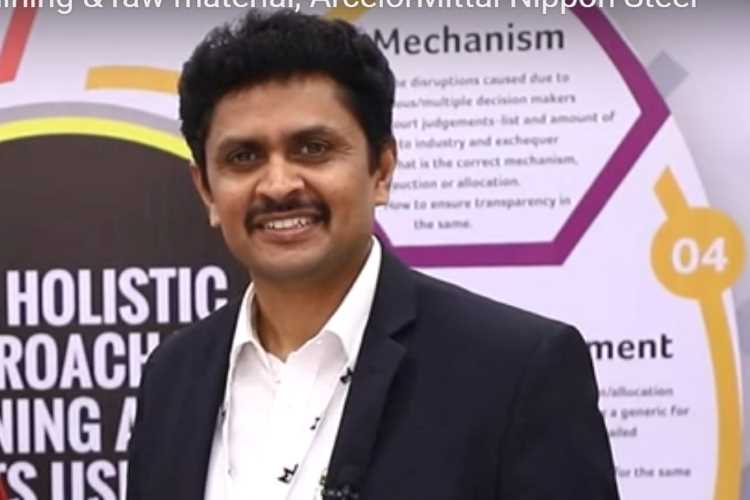
India is one of the largest steel producers in the world. The country’s steelmakers face several bottlenecks that create delays and add to costs. Ramakrishna Chinnamsetty, head mining & raw material at ArcelorMittal Nippon Steel, explains how the industry overcomes these hurdles in an exclusive interview with Anisha Nayar Dhawan. Edited excerpts:
How is your experience with slurry pipelines?
Mineral evacuation through slurry pipelines is cost effective and environment friendly. In India, we have 3 slurry pipelines in operation, two in Odisha and one between Chhattisgarh and Andhra Pradesh. India has the second largest pipeline in the world that is 267 km long. This was commissioned in 2007.
What operational challenges have you faced in last 10 years with slurry pipelines?
Getting the clearances was a big challenge as the pipeline passes through dense forests in Chhattisgarh, Odisha and Andhra Pradesh. The pipeline was laid in a difficult terrain to reach Paradeep port. Obtaining the environment and forest clearance is even more challenging wherever private land is involved. Making it operationalise and attaining the rated capacity also are big challenges.
READ: Logistics cost is 14-15% now, SAIL is trying to reduce it
How much time does it take to set up pipelines?
The government of India has relaxed some guidelines. Projects not passing through protected areas do not require environmental clearance. The pipeline can be constructed after obtaining the right of way. It takes approximately 3 years to construct a pipeline including getting all the clearances.
How do you plan to increase steel production capacity?
We will think of expansion after achieving the rated capacity. There are some bottlenecks. We will need to overcome those to reach 10 million tonne capacity. Then we will expand the facilities. Moving so much of iron ore through railways or road transport is not possible. To expand steel capacity, we will have to create upstream facilities like slurry pipelines. The mineral deposits are located in forest areas, which is a huge constraint. We also have to be close to the ports so that the logistics will work out.
Can there be a network of slurry pipelines shared by all producers?
Common infrastructure can be created for taking minerals to ports, which can be used by different companies. They can pump the slurry or material in a safe and sustainable manner to the port. Instead of creating a number of lines and getting independent clearances, common infrastructure can serve the sector well and improve production capacities.
